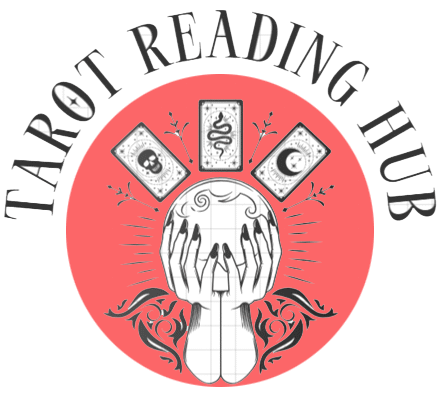Understanding Tarot: A Deep Dive into Card Meanings
Tarot is a fascinating system, rich with symbolism and layered meanings. Each of the 78 cards in a traditional tarot deck comprises the Major and Minor Arcana, serving as a powerful tool for introspection and divination. The Major Arcana consists of 22 cards that represent significant life lessons, archetypes, and spiritual journeys, while the Minor Arcana includes 56 cards divided into four suits: Wands, Cups, Swords, and Pentacles. Each suit addresses different aspects of the human experience, such as emotions, intellect, and material concerns.
Understanding the meanings of tarot cards requires recognizing their dual interpretations—both upright and reversed positions. For instance, The Fool signifies new beginnings and potential when upright, whereas in reverse, it may highlight recklessness or poor judgment. By analyzing both orientations, one gains deeper insights into the narratives presented in a tarot reading.
The synergy between cards in a spread further enriches their meanings. A single card can change its significance based on its neighboring counterparts. For example, if The Lovers appears alongside The Tower, the reading may hint at tumultuous relationships or impending choices reflecting upheaval. This interactivity among cards underscores the importance of assessing context rather than relying on rigid definitions.
As you navigate the complex language of tarot, it is essential to blend learned meanings with personal experiences and intuition. Each reader may develop unique interpretations, informed by their own life circumstances and emotional responses. Techniques such as journaling your reflections after readings or meditating on card imagery can enhance this personalized approach. By doing so, individuals not only unlock the mysteries of tarot but also forge a more profound connection to its messages, thereby enhancing their overall understanding of the tarot’s intricate language.
Practical Tarot Reading Tips for All Levels
Whether you are a beginner or an experienced practitioner, understanding how to effectively conduct tarot readings is essential for enhancing your skills and deepening your connection to the cards. One of the first steps in this journey is selecting a tarot deck that resonates with you. Each deck carries distinct imagery and symbolism, so choosing one that speaks to your intuition will facilitate a more meaningful and personal reading experience.
Beyond selecting the right deck, it is crucial to set clear intentions before initiating a reading. This involves reflecting on what you hope to learn or gain from the session. Clear intentions can guide your focus and influence the interpretation of the cards. When formulating questions, ensure they are open-ended and invite exploration rather than simple yes or no answers. This approach encourages a more profound understanding of the circumstances at hand.
The techniques for shuffling and laying out the cards also play a significant role in the reading process. Take time to shuffle the cards in a manner that promotes connection—this could be mixing them thoroughly or focusing on your question as you shuffle. Once you feel ready, lay out the cards according to a spread that fits your reading purpose. Popular spreads such as the Celtic Cross or Three Card Spread can help organize insights and provide clarity.
As you interpret the cards, trust your intuition. Each symbol can evoke personal meanings that may differ from traditional interpretations. It is beneficial to avoid common pitfalls, such as rigid adherence to textbook meanings or allowing outside influences to skew your judgment. Cultivating a personal tarot practice that aligns with your unique style will foster growth and understanding in your reading journey, ensuring a more enriched experience.



